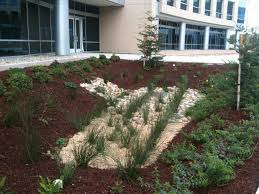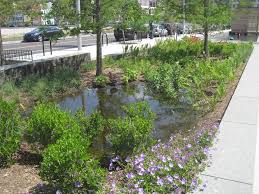
-
I want to
-
Pay and File:
- Court Documents
- Divorce
- Taxes
- Click here for more
-
Locate:
- Jail
- Parks / PLU
- Sheriff
- Click here for more
-
Find WC Info:
- Agendas / Minutes
- Budget Information
- County Board
- Click here for more
-
Work with WC:
- Contractor Supplier
- Register as Vendor
- View Bids
- Click here for more
-
- Services
- Departments
- Careers
- About


